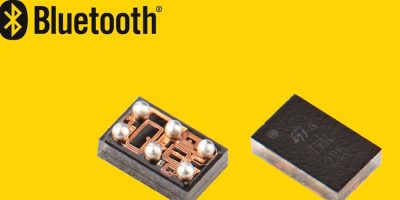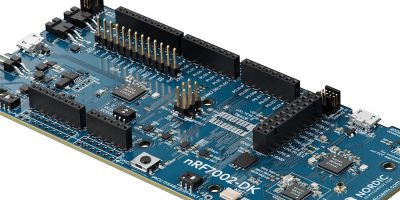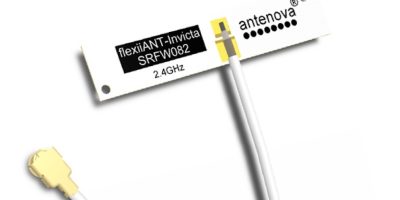Extending the Infineon Airoc portfolio, the company has introduced the CYW43022 Wi-Fi 5 and Bluetooth module which extends battery life for IoT applications with up to 65 per cent power reduction.
The CYW43022 low power architecture results in up to a 65 per cent reduction in power usage during deep sleep mode, to extend the battery life for applications such as smart locks, smart wearables, IP cameras and thermostats.
Sivaram Trikutam, vice president of Wi-Fi product line at Infineon, said: “By optimising the sleep power for battery-operated IoT devices, consumers can now enjoy longer battery life compared to competing solutions. With the industry’s lowest power consumption for a Wi-Fi and Bluetooth combination, [the CYW43022] enables more devices to be smarter, connected, and more versatile in a wide range of environments,” he added.
The Aitoc CYW43022 low power, dual-band Wi-Fi 5 and Bluetooth 5.3 device includes Wi-Fi network offloads and an embedded Bluetooth stack reducing power demands on host processors. To support designs with smaller antennas or designs that require longer reach, it includes a Class 1 Bluetooth power amplifier with +18dBm transmit power. To protect against hacker attacks, there is secure boot with firmware image authentication which requires signed Infineon firmware protects against hacker attacks.
Infineon’s Airoc wireless products, including Wi-Fi, Bluetooth, Bluetooth Low Energy and Wi-Fi and Bluetooth combinations with a broad portfolio of high-performing, reliable, low power products that deliver robust industry-leading performance.
Airoc products leverage a common software framework across Android, Linux, RTOS platforms and are pre-integrated with Infineon’s ModusToolbox software and tools, allowing developers to deliver differentiated products to market on time and on budget.
Infineon’s Airoc CYW43022 low power, dual-band Wi-Fi 5 and Bluetooth is available now. IT will be exhibited by Infineon at Embedded World in Nuremberg, Germany (14 to 16 March) Hall 4A-138.







